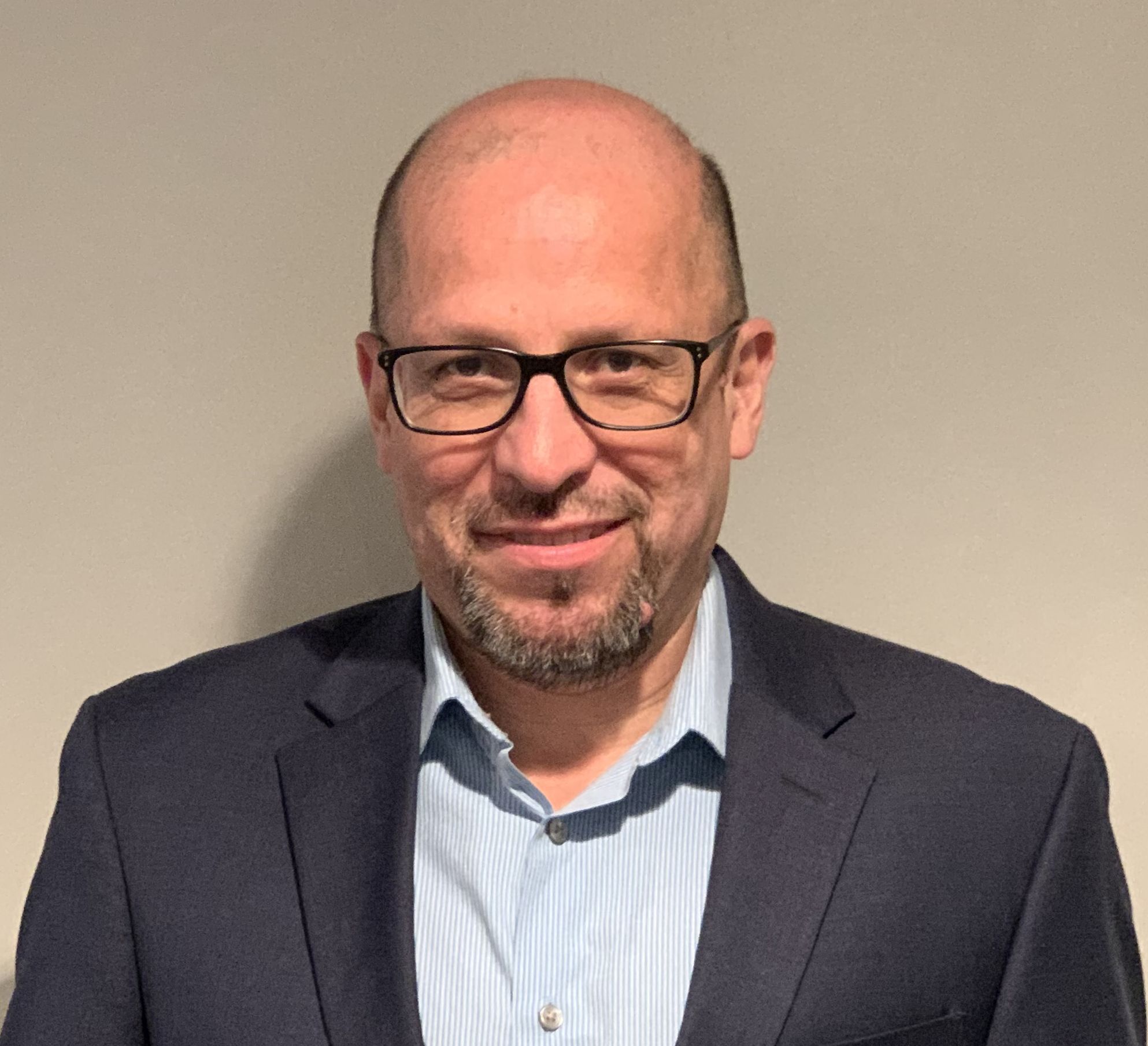Video
Role of HCPs in Engaging Diverse NMOSD Patient Populations in Clinical Trials
Author(s):
Mitzi Williams, MD; Mirla Avila, MD; Michael Levy, MD, PhD; and Michael Yeaman, PhD, explore how health care professionals can better engage diverse racial and ethnic groups with NMOSD to improve care and enroll in clinical trials.
Michael Yeaman, PhD: This has been a very important discussion. We want to finish by understanding ways that we can better inform and include diverse patient populations in NMOSD [neuromyelitis optica spectrum disorder] clinical trials and clinical care. How can health care professionals better engage patients, particularly of diverse races and ethnicities, to improve care and to participate in clinical trials that could further improve care? Mitzi, I’ll start with you. How can we best engage patients to be participants in their care and in clinical trials?
Mitzi Williams, MD: This is a complex question that we could spend 90 min on by itself, but let’s distill it to a couple of points. We have to make our trials more accessible. There’s some onus on patients to understand the process and to want to engage in the process. But we don’t spend enough time focusing on the systemic things we can do in terms of how we design trials. How can we make sure people know where to find out about clinical research? How can we make sure we’re asking patients to be involved in research? How can we make sure we’re conducting trials in areas where these populations live? Health care is often local.
There are many things we need to address. It’s extremely important to raise awareness about the importance of clinical research and where people can find out about clinical trials, and to build strong partnerships with the community, not just surrounding clinical trials but surrounding general health and wellness. We don’t want to ask people to be in a trial but never follow up or have any other engagement with the communities. Building those trusted community partners is extremely important as well.
Michael Yeaman, PhD: Those are really important points, Mitzi. Thank you so much. Mirla, language can be an important factor in helping patients engage. What are your thoughts with respect to ways we can improve patient engagement in improved health care but also in participation in clinical trials?
Mirla Avila, MD: Reach out to centers that have larger volumes of patients who are Hispanic and of African descent. Having options, either a coordinator or principal investigator who also speaks Spanish, is very important. As Mitzi was saying, if a patient lives in one area, transportation to participate in the trial might not be something they can do. Reaching out to centers of interest to include a more diverse population is the way to go.
Michael Yeaman, PhD: Thanks, Mirla. It’s a social network approach to engagement. Michael, what are your thoughts and experiences regarding ways we might be able to improve engagement?
Michael Levy, MD, PhD: We have to be honest with patients and explain that some studies are for the benefit of the community as a whole, and some may benefit the patient individually. When we phrase it that way, patients will make an informed decision about whether they can participate. We don’t want to suggest that a study would be beneficial to the patient and then they feel as if we’re just using them for our own data. That’s the worst possible thing we can do. That honesty factor is very important.
Transcript edited for clarity
Newsletter
Keep your finger on the pulse of neurology—subscribe to NeurologyLive for expert interviews, new data, and breakthrough treatment updates.





